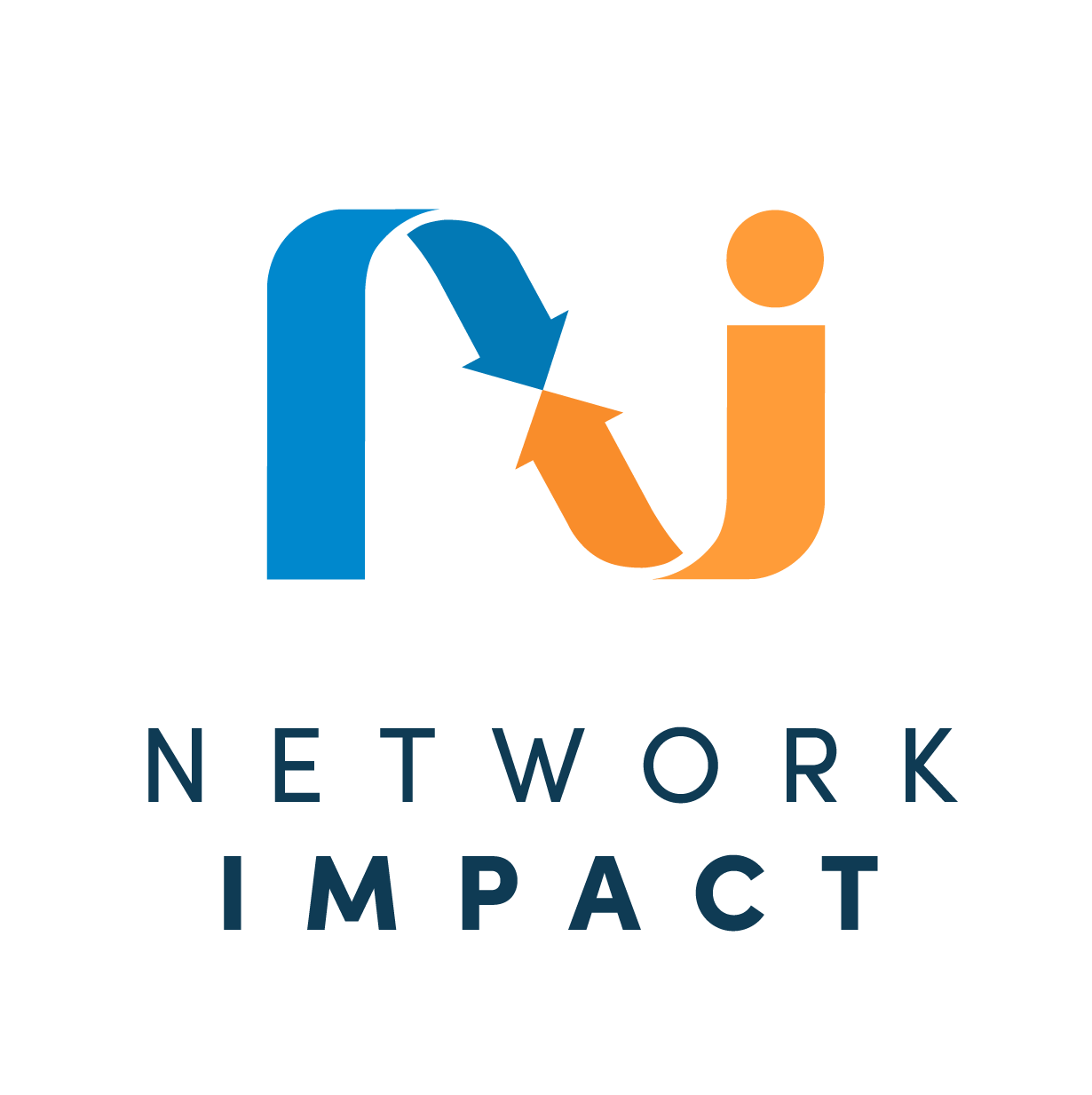Network Advantages
February 2010
Why use a network? When it comes to policy-change networks, there are many reasons.
In our work with networks that aim to develop and advocate for public policy changes it’s been useful to lay out the many ways in which building connectivity–networks–can provide change agents with advantages. Here’s an analysis of the ways that building policy networks can help with each of the key steps in the policy-change process:
1. Defining the Issue. Networks can–
• Scan for/retrieve/distribute information and perspectives about issues
• Identify issues that are outside a “mainstream” perspective
• Connect to “distant” expertise that is needed
2. Articulating policy alternatives. Networks can–
• Scan for/retrieve/distribute information
• Assess hypotheses for policy change from multiple perspectives
• Connect to “distant” expertise that is needed
3. Navigating the political rapids. Networks can–
• Identify policy decision makers and movers
• Identify stakeholders/allies, including networks of stakeholders
• Build relationships that allow coalition building and “horse-trading”
• Reach/connect to decision makers and movers in variety of ways (publicly, privately, one-on-one, in mass)
• Increase presence in formal policy making bodies (e.g., government advisory boards)
• Find others to “own” the policy change and lead the charge
4. Recognizing the window of opportunity. Networks can–
• Scan for “early warning” about local policy developments
• Scan for national issue agendas and policy trends that reveal windows
• Maintain contact with key players in policy deciding processes (agenda setters, etc.)
5. Managing mobilization and implementation. Networks can–
• Mobilize critical mass of advocacy voices
• Monitor implementation and effects of policies
• Raise visibility of implementation with stakeholders and media
